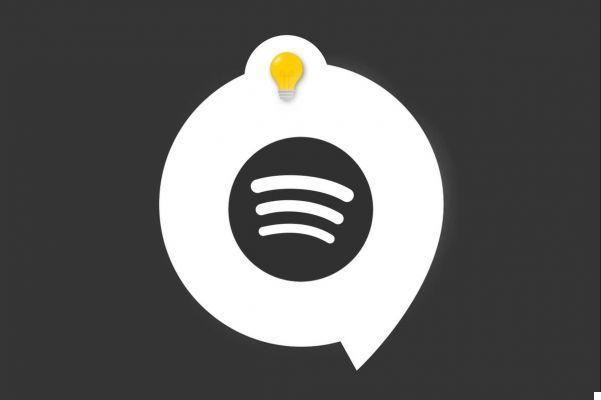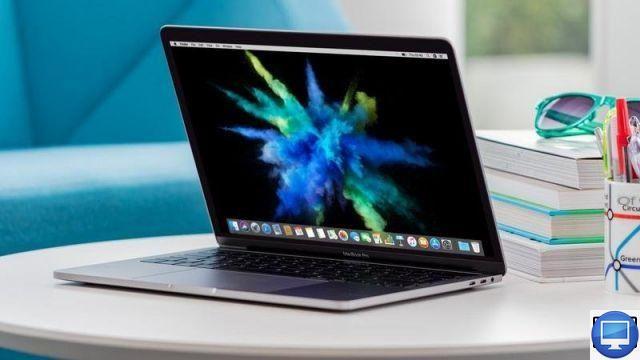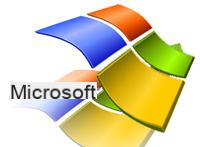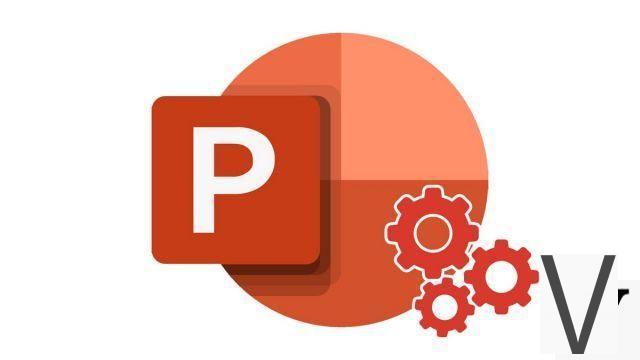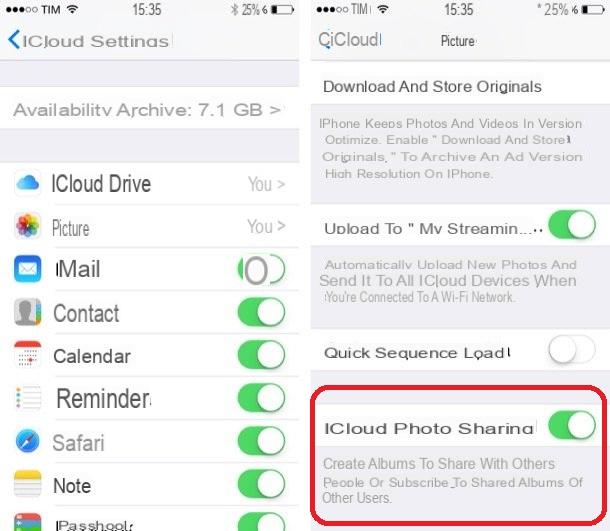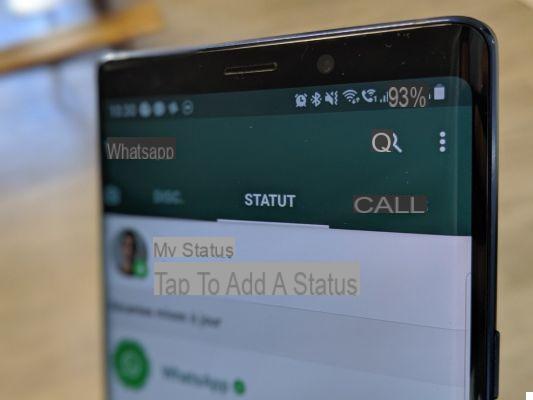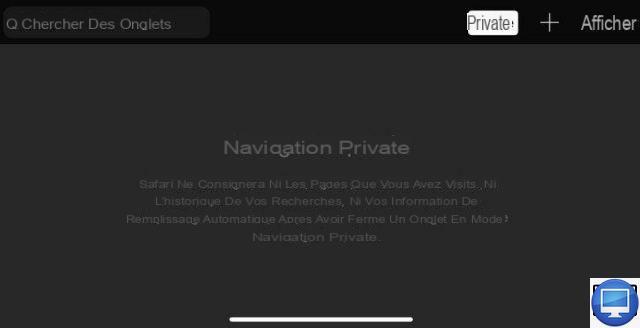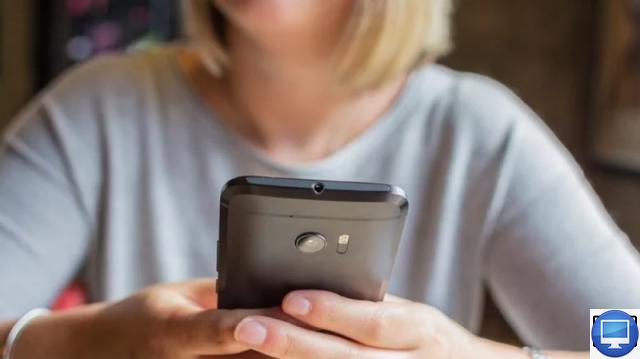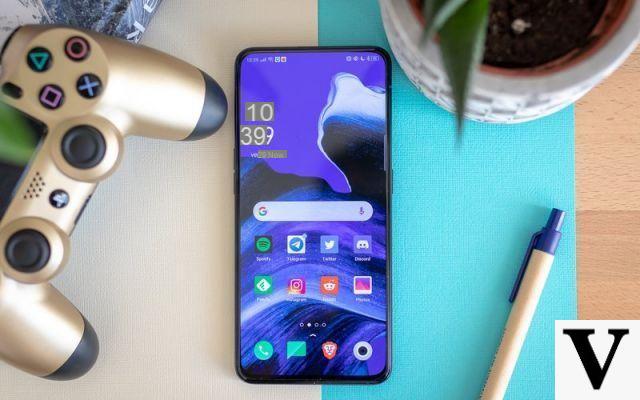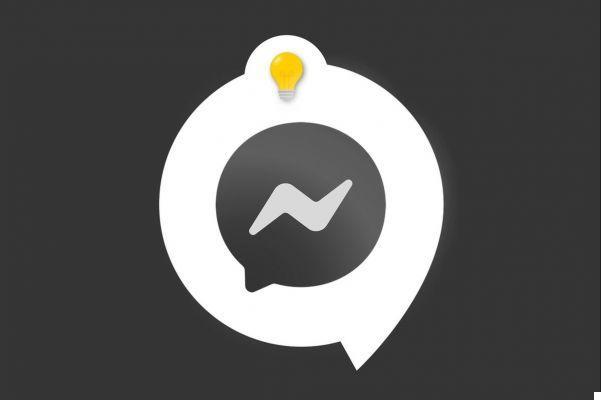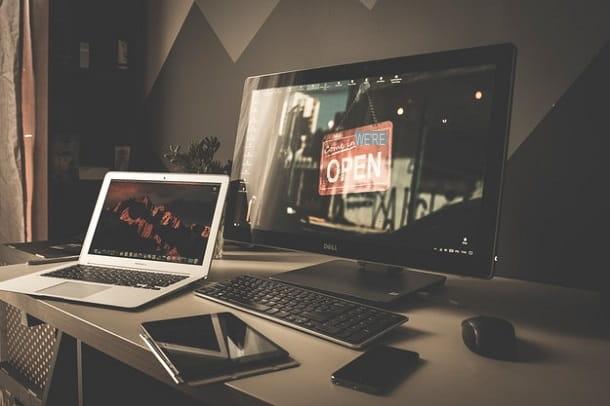Insert the Kubuntu Live CD into your drive, and restart the computer.
You arrive on this screen:
Immediately type F2, and select "Spanish". The menu changes to Spanish. Check your keyboard layout (F3) if you are not using the standard Spanish keyboard.
Normally it's good. Type Enter to start Kubuntu.
It takes more than three minutes for the Live CD to start. Rest assured, the startup of a system installed on the hard drive will be much faster! Likewise, once started, the Live CD will have to regularly fetch data from the CD, slowing the whole thing: once installed on the hard disk, reactivity will therefore have nothing to do with it.
You arrive on the KDE desktop. You see at the bottom a large gray bar, called "dashboard", which contains from left to right menus, a quick launch bar, a task bar (empty), a desktop manager, application icons, a clock and a basket.
If you click on the K button, to the left of the bar, you will have access to a menu which is reminiscent of Windows "Start". The Live CD is functional: you can use and test the software offered at will and save your work on the hard drive or even on a network drive. To access the folders, click on the icon next to the K menu icon, called “System menu”, and select the appropriate option.
Still as in Windows, on the left of the clock you have computer management icons (the "notification area" in Windows): sound volume, network connections (ethernet and wi-fi), laptop power, press - paper and Bluetooth in our case.
Right-clicking on an icon brings up various options, such as activating a wi-fi connection (a window then appears to request the WPA password, the rest is automatic).




